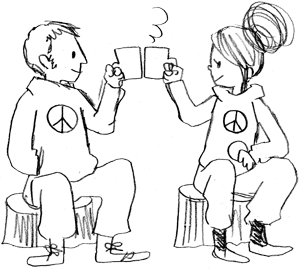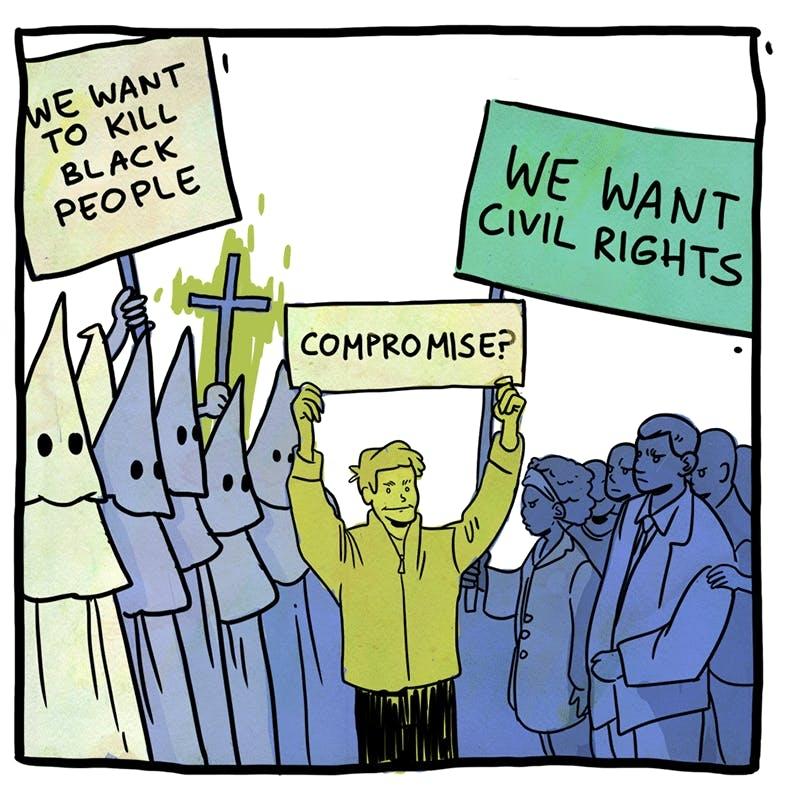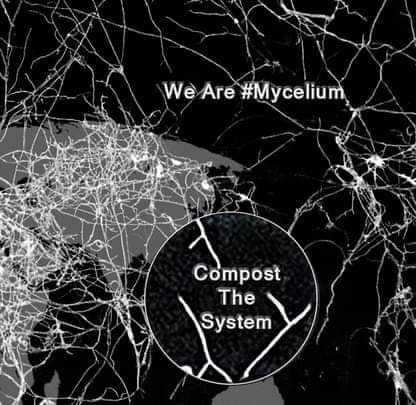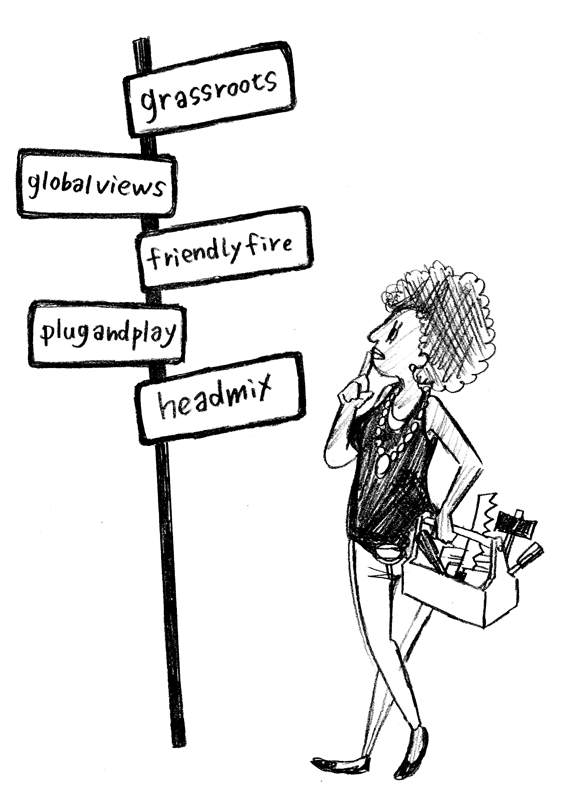We are having a tech reboot for the last few years, federated seems to be where it’s at right now, and it makes sense, the #fediverse is flourishing where so many “#web3” or pure #p2p projects stumbled. This isn’t to say #p2p is bad. But for a peer-to-peer social network to actually work and be social useful, it would need mechanisms for collectivising: shared moderation, subjective trust, a way to handle conflict. Purely (stupid)individualist solutions have been tried before, and they don’t hold together at all beyond a tiny scale. Atomised people cannot build any lasting commons.
The strength of federation as a path is that it collectivises by default. Servers are groups, not individuals, decisions are made within communities, not in isolation, this builds resilience. What is currently #blocking this path is our #fashionistas and #geekproblem people, who are still clinging to parts of #mainstreaming “common sense!. If you try to vertically scale, if you dream of competing head-on with Silicon Valley, running giant datacentres with teams of sysadmins, you’ve already lost. That’s their game, their best proficiency. You cannot beat them at it.
The path forward is to do something they cannot do without breaking their own business model. Something they would never want to do even if they could. That’s the opening. That’s the #OMN path. So let’s be clear about what the current #openweb reboot and the #fediverse is not:
- The fediverse is not an electricity grid. You don’t have to be plugged in everywhere for it to function.
- The fediverse is not feudalism. You are not a serf bound to some lord’s server. You can leave, fork, migrate, or self-host.
- The fediverse is not a commodity. It is not like a telephone line or a utility service to be packaged, sold, or regulated in the same way.
- And no, the fediverse is not a big truck that carries data down the highway. It’s a messy garden, a bazaar, a commons.
The #fediverse works because it is untidy, diverse, and decentralised. It’s a network of collectives, not a monopoly machine. The #OMN path and vision is to lean into this: not to replicate the #dotcons in smaller, scrappier forms, but to compost the mistakes of the past and grow something native, nourishing, and #4opens.

The #OMN isn’t about isolated gestures, it’s about building federated, trust-based media networks that actually work at scale. Right now, the truth is simple: you can’t just join or create one tomorrow. Why? Because the path needs composting first.
By composting, we mean taking the wreckage of past projects – messy, co-opted, burned-out, over-managed, or over-centralised – and turning it into fertile ground. From this social fertile soil can we grow #OMN that support:
- Open, federated collaboration
- Shared media creation and distribution
- Affinity group – based moderation and governance
- Strong social resilience against co-option by corporations or #dotcons
We need to then bride this existing federated path into the seed #p2p path with social tools that work and hold this bridge in place. The #OMN is a work in progress, and that’s intentional. It’s about building the crew, the culture, and the infrastructure before anyone can just “join.” This isn’t a platform you log into; it’s a path we create together, step by step. Until we do that composting, passive participation isn’t possible, the first step is #KISS that’s exactly what we’re focused on making happen.














